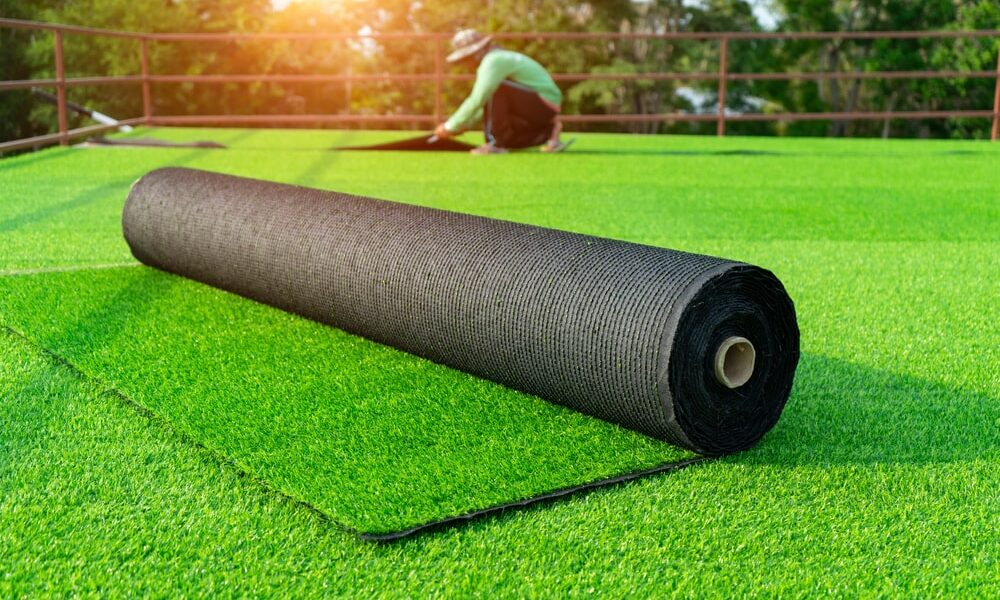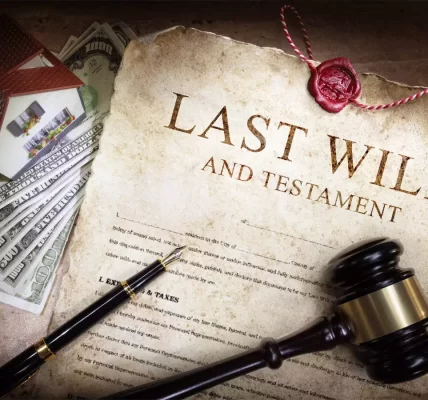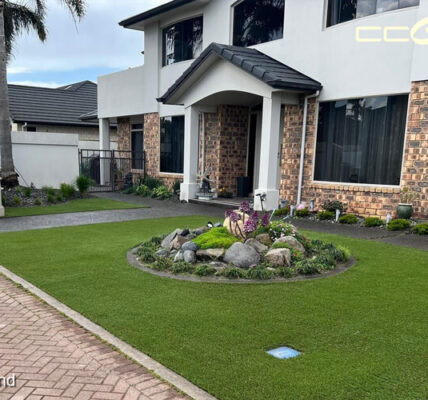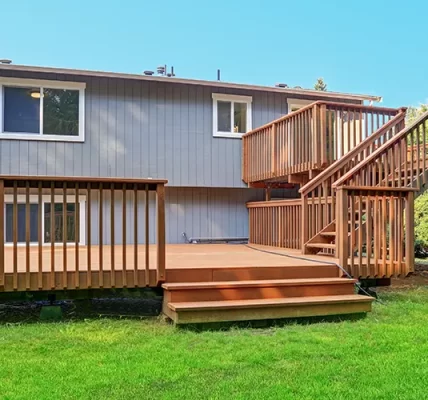There are numerous amazing features of the Artificial Grass Garden. It is soft, colourful, and very long-lasting. Moreover, it is simple to maintain! Unlike genuine grass, you won’t need to worry about watering, mowing, or sowing seeds. It requires little upkeep, but there are still a few things you should do. It will remain immaculate with routine cleaning. You may extend the life of your fake lawn by taking proper care of it. It’s similar to keeping it just as gorgeous as the day you put it down. The low maintenance of artificial grass is why people adore it. It won’t cost you a lot of money or time as genuine grass does. No need for strong insecticides, fertilizers, or ongoing irrigation.
Ensuring proper installation is the first step towards maintaining your artificial grass. When professionals install your synthetic grass, they will ensure that you have: a sturdy base with effective drainage A well-fitting weed membrane, lawn parts with secure joints and all facing the same way.
You can also do it yourself, but proceed with extreme caution! Leaving out steps can result in unsightly grass, Additional upkeep, and possibly even an expensive reinstallation. Maintenance is simple if installation is done correctly.
How to Maintain Your Fake Grass
Debris:
Debris is the biggest annoyance that any garden owner will encounter. You’ll want to keep your garden clear of ends and sods that mysteriously find their way in, whether your neighbour has a tall tree that dumps leaves onto your lawn or if birds flying overhead have a tendency to drop twigs upon your lovely faux grass. Most debris types can be removed with a dustpan and brush, or you may use your hands to pick up larger pieces of debris. Just make one lap around the grass.
This can be done most days, either in the morning or in the evening, depending on the season and where your garden is located. A leaf blower or broom with firm bristles will greatly simplify your work if there is a lot of tiny material! If you want to minimize the mess, you may want to try pruning any trees, bushes, or hedges that you have on your property to make sure that the amount of falling leaves decreases.
Pets:
Proper cleaning of Artificial Grass for Dogs will be especially important for pet owners to know. Although an artificial lawn that has been built correctly will have excellent drainage and be more than capable of withstanding all the antics of four-legged pals, there may occasionally be an odour of urine coming from it. Usually, all that’s needed is a hose every now and then to soak the pee through the grass and into the subbase, but occasionally, a more serious solution might be needed. We always advise using a diluted Jeyes fluid solution to get rid of any residual odours. Numerous enzymatic cleansers are also available and will likewise function.
Pets usually benefit from artificial grass with lower pile heights since they are easier to maintain. If the lawn is solely utilized by pets, it is also advised against installing a shock pad beneath it as this may soak pee and intensify the odour. Shock cushions are intended for use in child-friendly locations, especially those featuring play equipment. If you have pets and kids, you should think about whether a shock pad is really necessary.
Soiling:
Even if your artificial grass gets soiled, cleaning it is simple. Accidents happen, whether it’s a drink that spills, BBQ sauce, or stomach issues with your pet. However, be at ease! Consider your grass to be a large carpet. Take immediate action if you see a spill: Wipe up spilled liquids as soon as possible using a towel. Before proceeding, remove any excess ice cream or ketchup by scooping it up. Remember that minimal maintenance is necessary to maintain the excellent appearance of your artificial grass.
So, how is artificial grass clean? Use a solution of 5% household detergent with 95% hot (not boiling) water to clean lightly dirty areas. After that, it can be cleaned with additional hot—not boiling—water. Should the contaminated area be a little bit larger or more difficult to clean, repeat the procedure with 97% hot (not boiling) water and 3% detergent. It might be necessary to use a washcloth, flannel, or sponge to gently scrub the region. The use of chlorine bleaches or cleansers with an acidity higher than pH 5 should be avoided as this may damage the grass and the soil beneath it.
Lifting the Pile:
Following the installation of your grass, you should ensure that the grass blades are oriented vertically. Using a lawn vacuum, leaf blower, power brush, or stiff brush, you can brush against the grain to achieve this. Lifting the pile on a regular basis is a good idea; once a month is a good place to start. Your grass will eventually become more prone to flatten the more you utilize it, such as in the summer. For this reason, you should lift the pile more frequently—perhaps twice a month—during times of increased use. This will guarantee that, regardless of how often your lawn is used, the grass blades always sit straight and appear perfect.
Heat Source:
Understanding how heat sources can harm artificial grass is essential to its upkeep. Although artificial grass is fire resistant, placing a fire pit or barbecue on top of it is neither advised nor safe. You are welcome to have a delicious summer lunch as long as your barbecue is set up atop a paved or covered area. If you don’t already have one, putting one in place is simple. It is reasonably inexpensive to put a few concrete slabs in a corner (away from a fence for fire safety), and it is simple to add fake grass around them. A fire pit is no different. Artificial grass can melt in extreme heat and the tips of the blades can fuse together, damaging and ruining the grass even if it is fire-resistant and won’t catch fire.









